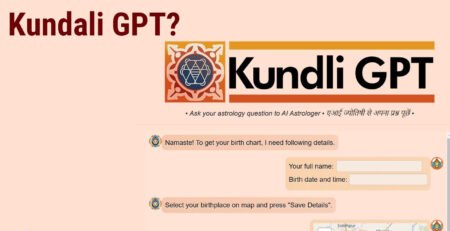Exploring The World Of NFT Marketplaces
The NFT industry, once thought of as a passing trend, has surged into a major and growing market, with over $10 billion traded in Q3 2021. Notable examples include Beeple’s $69 million sale of tokenized digital artwork and the NBA’s Top Shot which generated over $715 million in transactions. In response to this growth, creators, and companies across various sectors, from retail to entertainment, are exploring NFT engagement. In this blog post, we will explore what NFT marketplaces are, how they work, and the impact they’re having on the digital world.
Understanding NFTs: The Basics
Before delving into NFT marketplaces, let’s grasp the fundamental concept of Non-Fungible Tokens. NFTs are digital assets that represent ownership or proof of authenticity of a unique item, whether it’s digital art, music, videos, virtual real estate, or even tweets. Unlike cryptocurrencies such as Bitcoin or Ethereum, NFTs are indivisible and cannot be exchanged on a one-to-one basis due to their distinctiveness.
What is an NFT Marketplace?
An NFT marketplace is an online platform where individuals can buy, sell, or trade NFTs. These marketplaces provide a digital ecosystem for creators, collectors, and investors to engage in transactions involving digital assets, each with a distinct value and uniqueness.
NFT platforms differ from subscription-based digital content services like Spotify and Netflix by emphasizing the concept of digital scarcity. They leverage blockchain technology to verify the authenticity and ownership of digital content, akin to a traditional auction house validating original artwork. Understanding the available platforms is crucial to make informed decisions about NFT offerings.
Key Elements of an NFT Marketplace
1. Diverse Content: NFT marketplaces feature a wide array of digital content, including digital art, music, virtual real estate, collectible items, domain names, tweets, and more. Artists and creators have embraced these platforms to showcase their work.
2. Blockchain Technology: NFTs are typically built on blockchain technology, offering a secure and transparent ledger for tracking ownership and provenance. Ethereum is the most common blockchain used for NFTs, but other networks like Binance Smart Chain and Flow are also gaining traction.
3. Ownership and Provenance: NFTs serve as a certificate of authenticity and ownership for digital and physical items. The blockchain records every transaction, allowing users to trace the ownership history of an NFT.
4. Smart Contracts: NFTs often employ smart contracts, self-executing agreements that automatically facilitate the transfer of ownership when specific conditions are met. This provides security and transparency in transactions.
5. Interoperability: Some NFT marketplaces allow interoperability, meaning that NFTs from one platform can be used or showcased on another. This is a significant development that enhances the value of NFTs.
The Impact of NFT Marketplaces
NFT marketplaces have brought about a paradigm shift in the way we perceive and value digital content. They have enabled artists, musicians, and creators to monetize their work directly and build stronger relationships with their audience. In 2021, digital artist Pak’s creation Merge became the most expensive NFT ever sold for a total cost of a whopping $91.8M with almost 30,000 collectors pitching together. Additionally, NFTs have introduced a new level of transparency, enabling creators to retain a portion of revenue from secondary sales through royalties, a feature that was previously unavailable in traditional art markets.
NFT marketplaces are at the forefront of the digital revolution, offering a transformative way to buy, sell, and trade unique digital assets. As the NFT space continues to evolve, it’s essential to stay informed about the latest developments and trends in this exciting and dynamic market.












